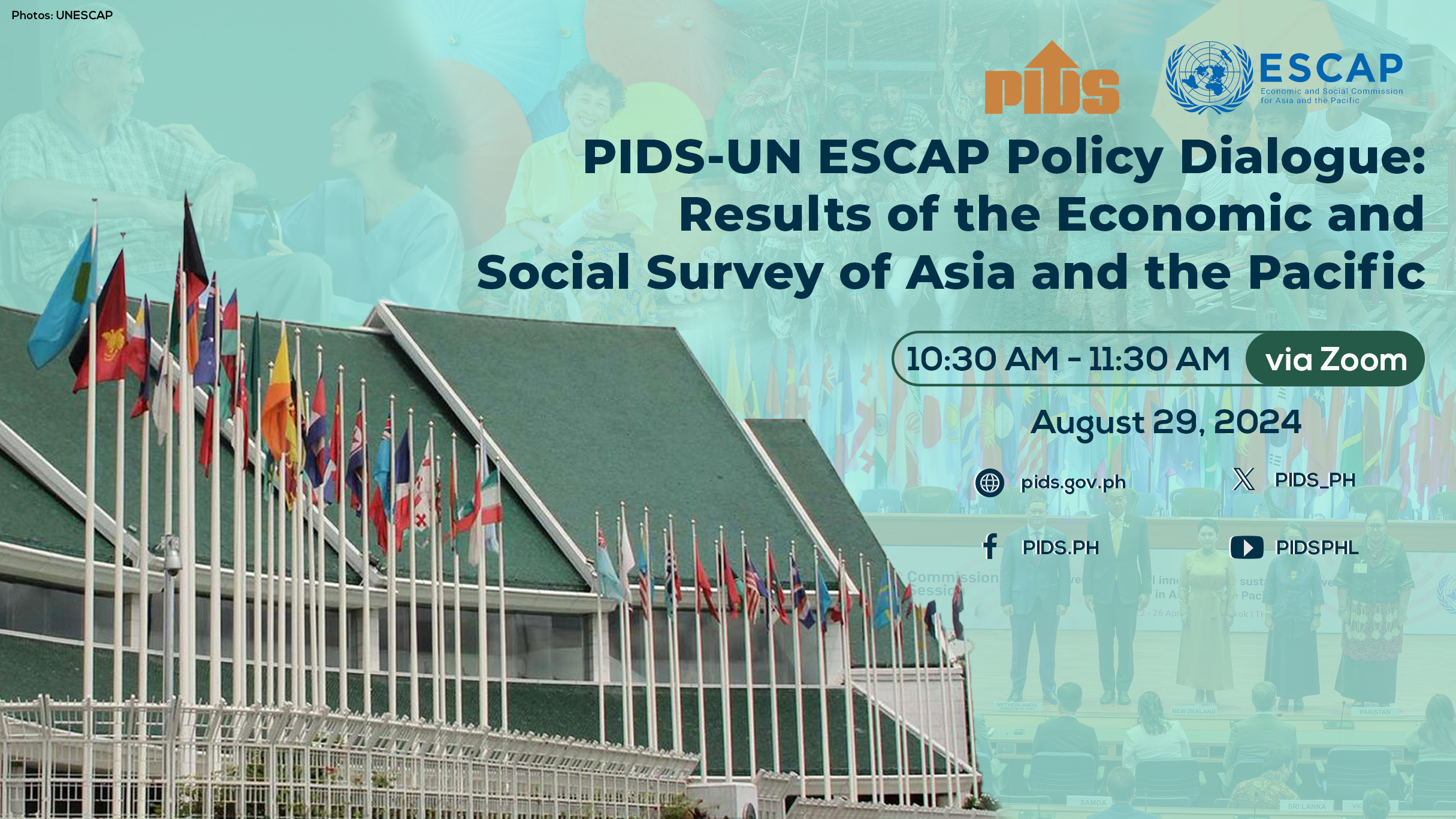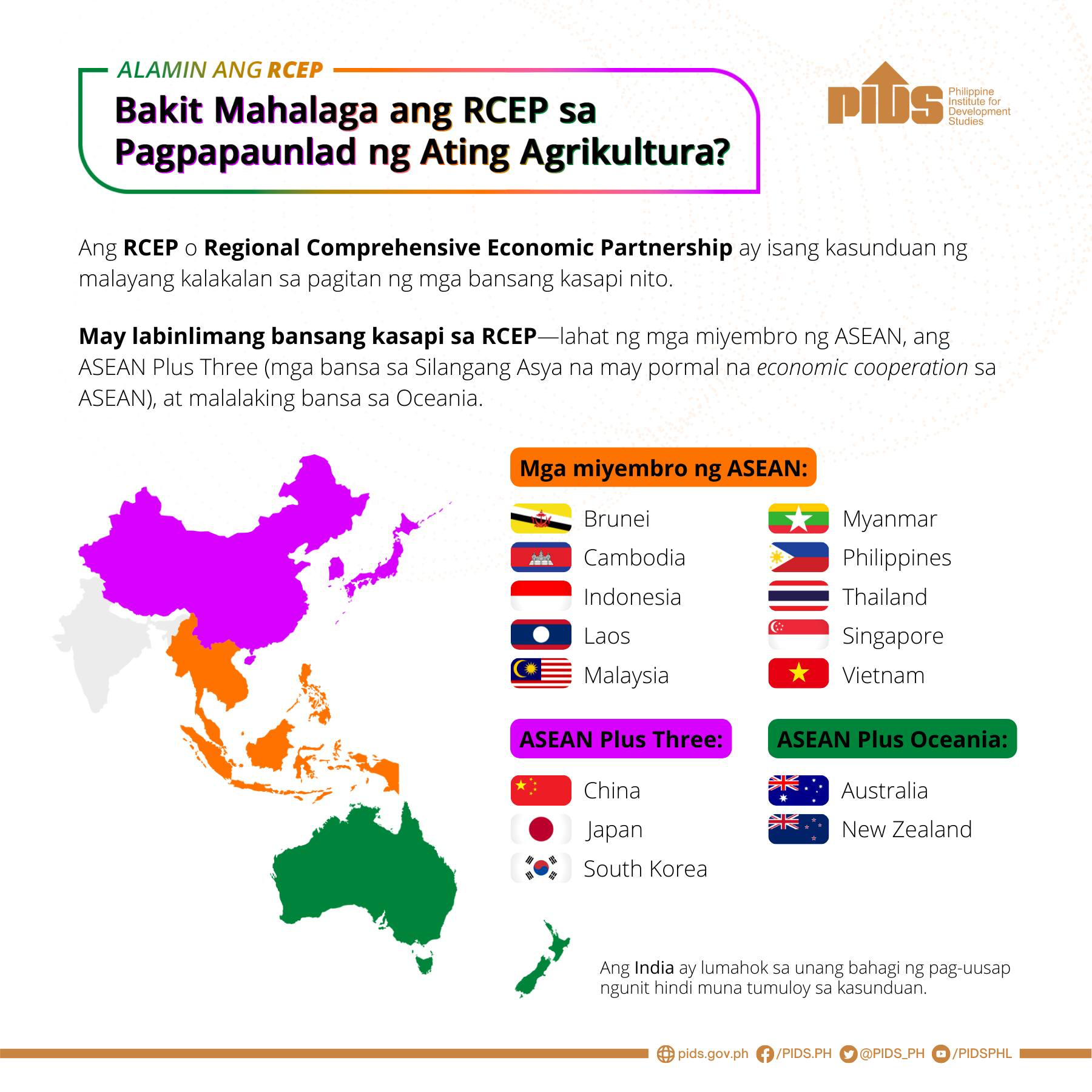IN Thursday’s column (“Stimulus may not be all that stimulating,” April 30), I took a look at a recent Oxford Business assessment of government fiscal stimulus measures in the Asia-Pacific (APAC) region. It found that efforts to counter the deep economic damage caused by the coronavirus disease 2019 pandemic have so far been “moderate,” which is a polite way to say “inadequate” and a bit oversold by APAC governments, including the Philippines’.
Almost on cue, shortly after the Oxford Business brief appeared in my inbox, an unintentionally complementary study by the Philippine Institute for Development Studies (PIDS) was released. The study, titled “Projected Disease Transmission, Health System Requirements and Macroeconomic Impacts of the Coronavirus Disease 2019 (Covid-19) in the Philippines,” defines the scale of the problem the country is facing in numerical terms, and by inference, just how far short of the investment needed to overcome the epidemic the government is falling.
The most helpful thing about the PIDS study — which was evidently done just before the first extension of the Luzon-wide lockdown (from April 12 to April 30) was announced — is its flexibility. The researchers considered five different scenarios based on different
pandemic containment strategies, with a couple of variations of each, so that the results would still be useful as a yardstick and a guide to further action for many months. The study then looks at three basic questions under each scenario: the potential trajectory and magnitude of the pandemic; the health system resources required to manage it; and the potential economic burden of the pandemic on the Philippine macroeconomy.
Given the Department of Health’s manifest failure to implement an effective testing-isolation-contact tracing regime in a timely manner (that’s my opinion, not PIDS’), the current situation does not exactly fit any of the scenarios on the study’s menu, but if we allow ourselves a little optimism, it is, or could be, closest to what is listed as “Scenario 3c” in the study. That scenario is one in which the enhanced community quarantine (i.e., lockdown) imposed on Luzon is extended by four weeks from the original April 12 end-date (which it largely has been, until May 15); compliance with the conditions of the lockdown is about 95 percent (a fair guess, as most people seem to be following the rules); that roughly 50 percent of cases are isolated as soon as symptoms appear; and that otherwise, the average time for a person to receive testing and care after the onset of symptoms is about four days.
Under that scenario, the PIDS researchers calculate the pandemic would peak in November at 5.2 million cases in total, of which 3.66 million would be symptomatic, presumably requiring some medical intervention, with 1.05 million “severe” cases and 321,000 “critical” cases. The cumulative death toll under this scenario is a sobering 904,000. Even under the best of circumstances, which involves extended restrictions on movement and “normal” activity, and a much larger and more aggressive public health effort, PIDS sees only a lower “curve,” stretching out the peak of the pandemic to May 2021, resulting in 904,000 total cases and 399,000 deaths.
Pointing out that under every scenario, even the most optimistic ones, the Philippines falls woefully short of the required medical resources, PIDS estimates that under the likely scenario described above, the country would need 1.04 million hospital beds; 321,000 intensive care unit (ICU) beds; 174,000 ventilators; and 25.5 million sets of personal protective equipment (PPE) for health care workers. The personnel needed included 507,000 doctors — which includes 64,300 infectious disease specialists, 64,300 pulmonologists and 34,700 respiratory specialists — and 678,000 nurses.
As of April 8, the country’s inventory of beds in Level 2 and Level 3 hospitals was 61,459, with 1,921 ICU beds and 2,088 ventilators. There are approximately 52,000 doctors of all specialties and 321,000 nurses available in the country. The PIDS study further points out, perhaps unnecessarily, that all of these resources cannot be devoted solely to fighting the pandemic, as people needing care for other serious health problems, including cancer, cardiovascular issues and kidney failure, will not magically disappear in the meantime.
The economic cost of all this under the likely and even the most positive scenarios is staggering. As the conduit for most government expenditures for direct medical intervention, the Philippine Health Insurance Corp. (PhilHealth) reimbursements for covered patients in the best-case scenario would be about P206 billion; under the present scenario, these would be closer to P3.74 trillion. The study notes that this presents a rather difficult problem, as PhilHealth’s corporate budget is just P175 billion.
On a broader scale, the pandemic under the likely scenario would cost the economy P1.241 trillion in lost gross value added from 2019 levels, or about 6.4 percent of the country’s output compared with last year. The cost of extending the Luzon-wide lockdown by a month was estimated to be about P150 billion. Granted, not all of Luzon (only its most productive parts) were not covered for the May 1 to 15 period, and so that cost may be slightly lower, but it is still substantial. Nevertheless, the PIDS study does stress that all these losses would be much greater if absolutely no special measures had been taken, so perhaps we can take some solace in that.
The government should take a very careful look at the PIDS study and include it in its planning, but if it remains true to form, it probably won’t. It is a characteristic of Philippine administrations, the current one being no exception, to regard any implication that it is doing a less than adequate job, or for that matter, any sort of bad news, as an irrelevant product of some dissident ulterior motive, even if it’s coming from its own highly skilled and experienced researchers.
Almost on cue, shortly after the Oxford Business brief appeared in my inbox, an unintentionally complementary study by the Philippine Institute for Development Studies (PIDS) was released. The study, titled “Projected Disease Transmission, Health System Requirements and Macroeconomic Impacts of the Coronavirus Disease 2019 (Covid-19) in the Philippines,” defines the scale of the problem the country is facing in numerical terms, and by inference, just how far short of the investment needed to overcome the epidemic the government is falling.
The most helpful thing about the PIDS study — which was evidently done just before the first extension of the Luzon-wide lockdown (from April 12 to April 30) was announced — is its flexibility. The researchers considered five different scenarios based on different
pandemic containment strategies, with a couple of variations of each, so that the results would still be useful as a yardstick and a guide to further action for many months. The study then looks at three basic questions under each scenario: the potential trajectory and magnitude of the pandemic; the health system resources required to manage it; and the potential economic burden of the pandemic on the Philippine macroeconomy.
Given the Department of Health’s manifest failure to implement an effective testing-isolation-contact tracing regime in a timely manner (that’s my opinion, not PIDS’), the current situation does not exactly fit any of the scenarios on the study’s menu, but if we allow ourselves a little optimism, it is, or could be, closest to what is listed as “Scenario 3c” in the study. That scenario is one in which the enhanced community quarantine (i.e., lockdown) imposed on Luzon is extended by four weeks from the original April 12 end-date (which it largely has been, until May 15); compliance with the conditions of the lockdown is about 95 percent (a fair guess, as most people seem to be following the rules); that roughly 50 percent of cases are isolated as soon as symptoms appear; and that otherwise, the average time for a person to receive testing and care after the onset of symptoms is about four days.
Under that scenario, the PIDS researchers calculate the pandemic would peak in November at 5.2 million cases in total, of which 3.66 million would be symptomatic, presumably requiring some medical intervention, with 1.05 million “severe” cases and 321,000 “critical” cases. The cumulative death toll under this scenario is a sobering 904,000. Even under the best of circumstances, which involves extended restrictions on movement and “normal” activity, and a much larger and more aggressive public health effort, PIDS sees only a lower “curve,” stretching out the peak of the pandemic to May 2021, resulting in 904,000 total cases and 399,000 deaths.
Pointing out that under every scenario, even the most optimistic ones, the Philippines falls woefully short of the required medical resources, PIDS estimates that under the likely scenario described above, the country would need 1.04 million hospital beds; 321,000 intensive care unit (ICU) beds; 174,000 ventilators; and 25.5 million sets of personal protective equipment (PPE) for health care workers. The personnel needed included 507,000 doctors — which includes 64,300 infectious disease specialists, 64,300 pulmonologists and 34,700 respiratory specialists — and 678,000 nurses.
As of April 8, the country’s inventory of beds in Level 2 and Level 3 hospitals was 61,459, with 1,921 ICU beds and 2,088 ventilators. There are approximately 52,000 doctors of all specialties and 321,000 nurses available in the country. The PIDS study further points out, perhaps unnecessarily, that all of these resources cannot be devoted solely to fighting the pandemic, as people needing care for other serious health problems, including cancer, cardiovascular issues and kidney failure, will not magically disappear in the meantime.
The economic cost of all this under the likely and even the most positive scenarios is staggering. As the conduit for most government expenditures for direct medical intervention, the Philippine Health Insurance Corp. (PhilHealth) reimbursements for covered patients in the best-case scenario would be about P206 billion; under the present scenario, these would be closer to P3.74 trillion. The study notes that this presents a rather difficult problem, as PhilHealth’s corporate budget is just P175 billion.
On a broader scale, the pandemic under the likely scenario would cost the economy P1.241 trillion in lost gross value added from 2019 levels, or about 6.4 percent of the country’s output compared with last year. The cost of extending the Luzon-wide lockdown by a month was estimated to be about P150 billion. Granted, not all of Luzon (only its most productive parts) were not covered for the May 1 to 15 period, and so that cost may be slightly lower, but it is still substantial. Nevertheless, the PIDS study does stress that all these losses would be much greater if absolutely no special measures had been taken, so perhaps we can take some solace in that.
The government should take a very careful look at the PIDS study and include it in its planning, but if it remains true to form, it probably won’t. It is a characteristic of Philippine administrations, the current one being no exception, to regard any implication that it is doing a less than adequate job, or for that matter, any sort of bad news, as an irrelevant product of some dissident ulterior motive, even if it’s coming from its own highly skilled and experienced researchers.












